Are your tight hips putting a cramp in your lifestyle? Tight hips can lead to back pain and sciatica, and prevent you from doing activities that you enjoy. Try these 13 feel-good hip openers to loosen those muscles today.
Whether it’s an occasional twinge or a full-blown injury, having tight hips is a literal pain in the butt.
Here I’ll share easy hip openers that you can do at home to increase mobility in your hip joint, which can help reduce aches and pains in your pelvis, low back and legs.
Suffering from a sore neck, back and shoulders? Get our mobility guide to ease pain and soreness.
Get The FREE Mobility Guide To Fix Your Pain Today!
Can you guess the major causes of tight hips? Try these on for size:
- Weak core strength
- Weak legs (particularly glutes and hamstrings)
- Weak hip flexors and instability at the hip joint
- Imbalanced muscle development
- Old injuries
- Incorrect seated posture
- Daily lifestyle habits, including sitting or being stationary for too long and not taking the time to stretch each day
The Correlation Between Hip and Low Back Pain
As a Pilates trainer, I see many clients who want to free themselves from low back pain. But instead of heading straight to the spine, I’ll often start them on a lower body program that strengthens their legs and hips and releases the muscles that surround the pelvis. The hip and lumbopelvic region are so close that pain in the back is often caused by an issue (weakness, tightness or injury) in the hips.
In particular, studies have shown a direct correlation (1) between having tight hip flexors, weak gluteal muscles, and lumbopelvic pain. Chronic tightness in the hips can also drag other muscles and joints out of alignment, including the low back and the knees.
The Bottom Line: Your hips need to be strong, stable, and have appropriate mobility to support your body above them and your limbs below them.
Hip Function in a Nutshell
- The hip joint has two main functions: it provides mobility for the lower body and stability for the pelvis. It’s also a major weight-bearing joint.
- Chronically tight hips can lead to pain and injury, but being too loosey-goosey in those muscles isn’t good either. The hips need to be strong enough to support the pelvis, spine and knees during movement.
- A wide range of motion in the hip joint allows the legs to move freely in all directions. Doing the same limited movements every day (exercise or lifestyle habits) will decrease hip mobility over time.
- Tight hips flexors aren’t strong hip flexors. Sitting for extended periods of time at work, during your commute, and at home keeps the psoas muscle in constant (passive) contraction. This passive position shortens the muscles without strengthening them.
The Bottom Line: Ideally, you’ll find a happy balance between pelvic stability and mobility. To do so you need to incorporate exercises that strengthen the hips and gluteal muscles, do targeted stretching, and move your body frequently throughout the day.
13 Hip Openers to Ease Pelvic Pain
Keep in mind that the key to success is making this a daily practice. Choose one or two of the following hip openers to do each day this week, or try them all from start to finish as a 20-minute hip-opening routine. This sequence starts with basic hip openers and finishes with the more advanced; it stretches the front, sides and back of the hip.
Windshield Wipers | Repeat 30 Seconds
Start seated on your backside with the knees bent and feet flat on the floor, wider than hip distance. Place the hands behind the hips to support yourself. Gently drop the knees from side-to-side, keeping the hips as still as possible. Repeat for 30 seconds.
Seated Criss-Cross | Hold 3 Breaths Per Side
Start seated with the legs crossed and the right shin in front. Drape your body over your legs and stretch your arms forward along the floor. Walk both hands to the left side, breathing into your right-side hip; stay for 3 breaths. Walk hands to the right side, breathing into your left-side hip; stay for 3 breaths. Roll the spine up, switch to the left shin in front and repeat.
Shin Hugs | Hold 6 Breaths, 3x Per Side
This position stretches the piriformis muscle. Keeping this muscle flexible reduces your risk of developing piriformis syndrome (a type of sciatica). Start lying on your back with your legs extended. Hug your right knee to your chest, slightly across to your left chest and shoulder. Hold for 6 breaths. Release the stretch and repeat for 3 rounds before switching sides.
Reclining Pigeon | Hold 30 Seconds
This modified version of Pigeon is more suitable if you have tightness in the knees or low back. Start lying on your back with your knees bent and feet flat on the floor. Cross the right ankle over the left thigh, squeezing the right knee away from your chest. Hold 30 seconds.
To advance: hold the back of the left thigh and pull the whole thigh in towards your body, keeping the back of the pelvis heavy and relaxed into the floor.
Runner’s Lunge | Hold 5 Breaths Per Side
Stand with the feet under the hips. Step the right foot back as you bend the left knee to 90º, and place both fingertips on the floor. Keeping your spine straight, inhale and exhale for 5 full rounds of breath. Step the back foot up and switch sides.
Twisted Lunge | Hold 5 Breaths Per Side
Start in your lunge position, with the right foot back. Place the left hand flat to the floor and lift the right arm to the ceiling, rotating the spine so that the chest faces the inner thigh. Hold for 5 full breaths before releasing and switching legs.
Seated Figure Four | Hold 30 Seconds Per Side
Start seated on your backside with the knees bent and feet flat on the floor, hip distance apart. Cross the right ankle over the left thigh, flexing the right foot to protect the knee. Lean your spine forward, bringing your chest closer to your legs. Hold for 30 seconds before switching sides.
Down Dog | Hold 5 Breaths, 3X
Start in a pyramid position, with the hands and feet on the floor and the hips towards the ceiling. Draw your navel to your spine and gently press the heels closer to the floor. Hold for 5 breaths before resting on hands and knees. Repeat three total rounds.
Three-Legged Dog | Hold 5 Breaths Per Side
Start in Downward Facing Dog. Lift the right leg to the ceiling and then bend the right knee, bringing the heel to the left bum-cheek. The right knee is pointed up to the ceiling, and you’ll feel the stretch at the front of the right hip and thigh. Hold for 5 breaths before resting and switching sides.
Natural Flat-Footed Squat (Modified) | Hold 60 Seconds
The squat position is a natural resting place for the human body. It puts the hip into deep flexion. From standing, squat down until your backside rests near your heels. Stay for 60 seconds and then stand back up. Option to repeat for a second minute.
To modify: place a prop under your heels if they can’t stay flat (see photo); hold a pole or stable object to help you lower your hips to the floor.
Pigeon | Hold 30 Seconds Per Side
Start on the floor with your front knee bent between 45º and 90º. The back knee can be as bent or extended as is comfortable for you. Rotate the back hip forward, so that the pelvis is square and the back knee points down to the ground. Keep the chest up tall, and only bear as much weight as you can comfortably maintain. Hold for 30 seconds before releasing and changing sides.
Camel Pose | Hold 5 Breaths
Start kneeling with the toes tucked under and the spine upright. Place the hands on the low back and gently extend the spine, pressing the pelvis forward and stretching the front of the thighs. Hold for 5 breaths before resting.
To advance: place the hands on the heels. Repeat three total rounds.
Frog | Hold 60 Seconds
This stretch is quite intense, so only participate if it feels right for your body. Start on hands and knees, bringing your knees as far apart as is comfortable. Keep the inner edge of your feet on the ground, with toes pointed outward. Slowly lower to your forearms, and move your body weight forward and back a couple of times. Finish by gently sitting the hips back into the stretch and holding for up to 60 seconds.

(Your Next Workout: 9 Exercises for Lower Back Pain Relief)


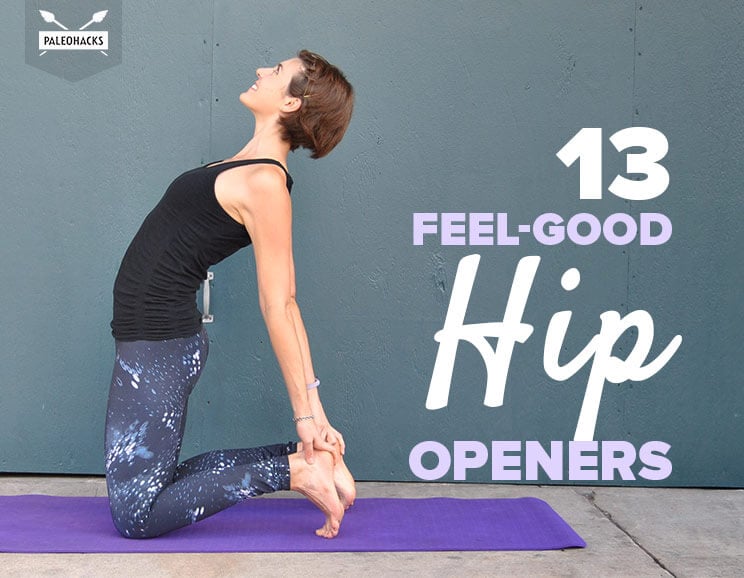

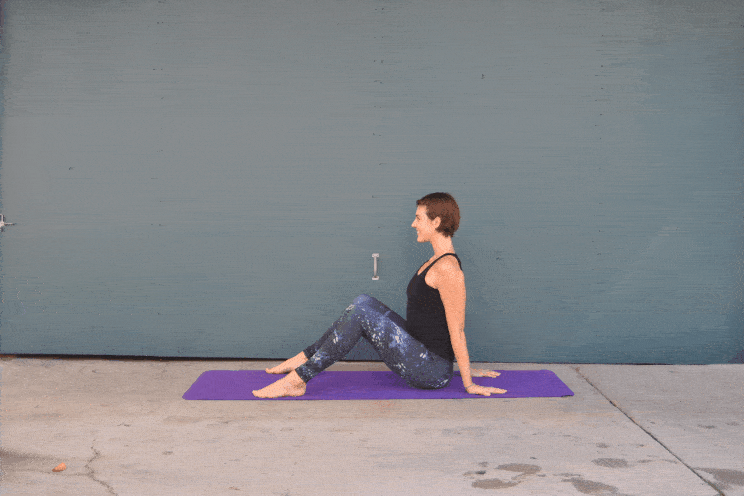
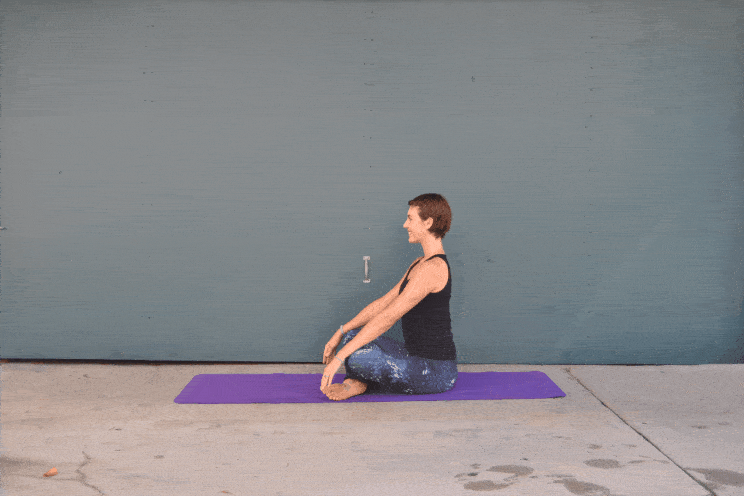
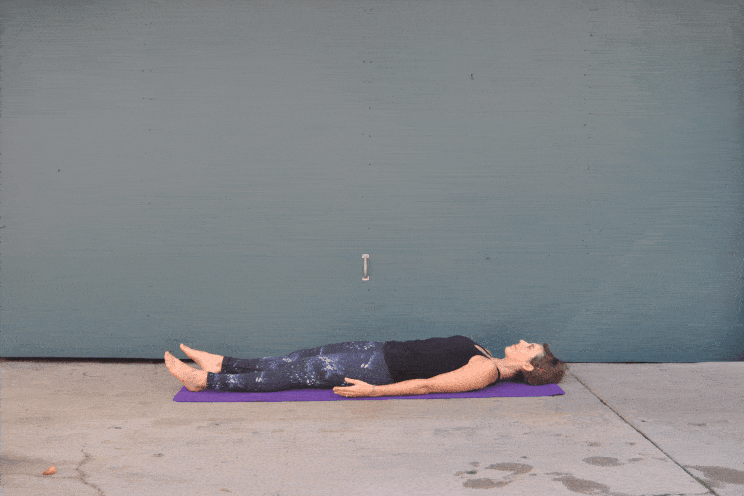
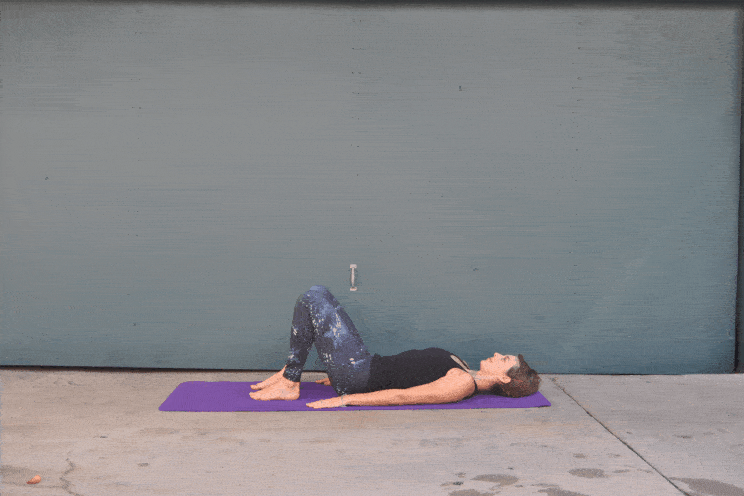
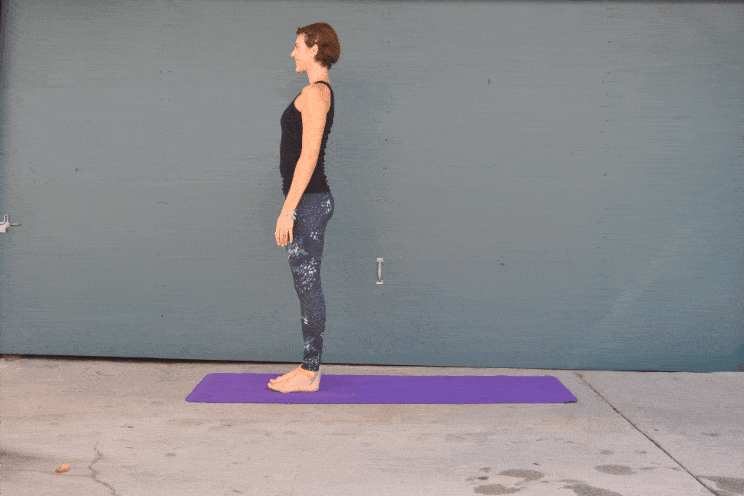
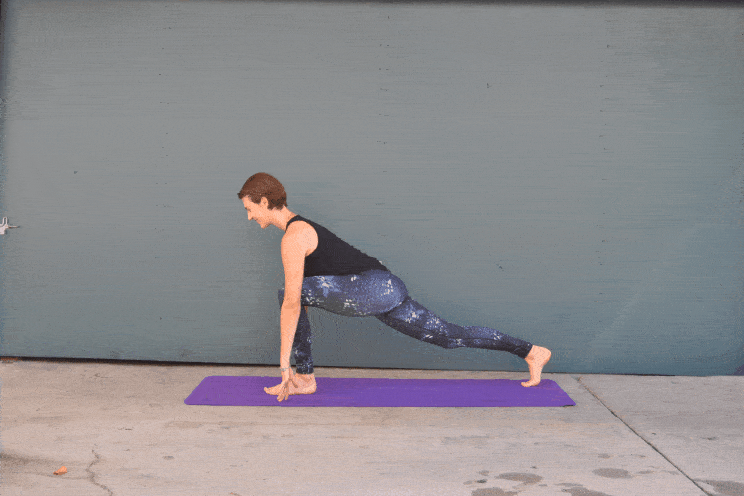
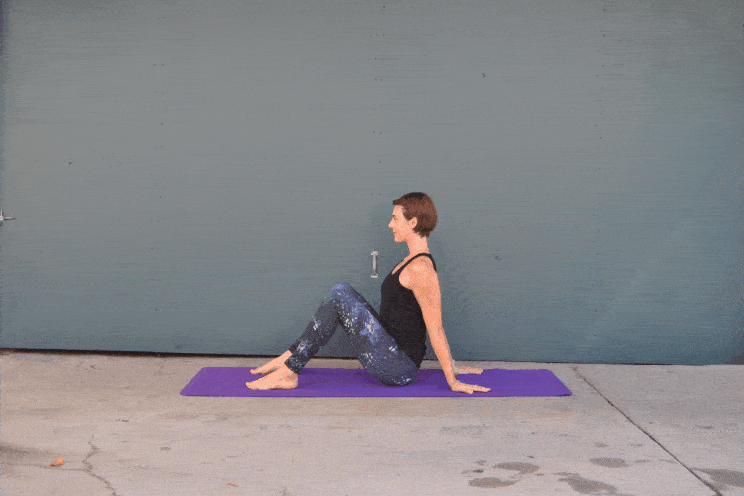
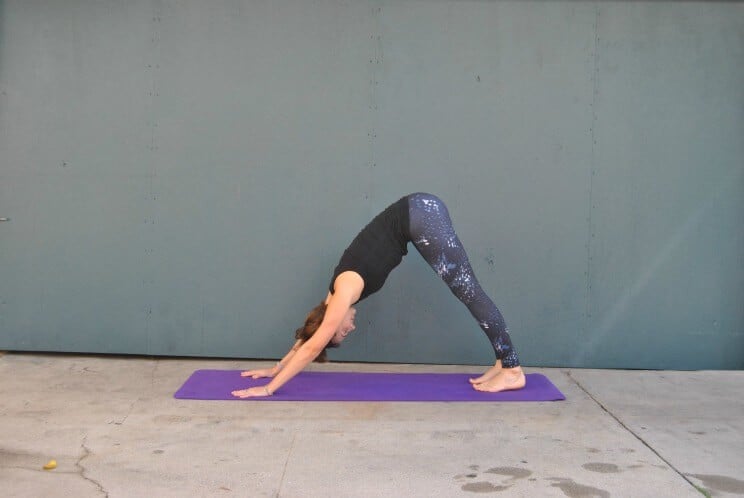
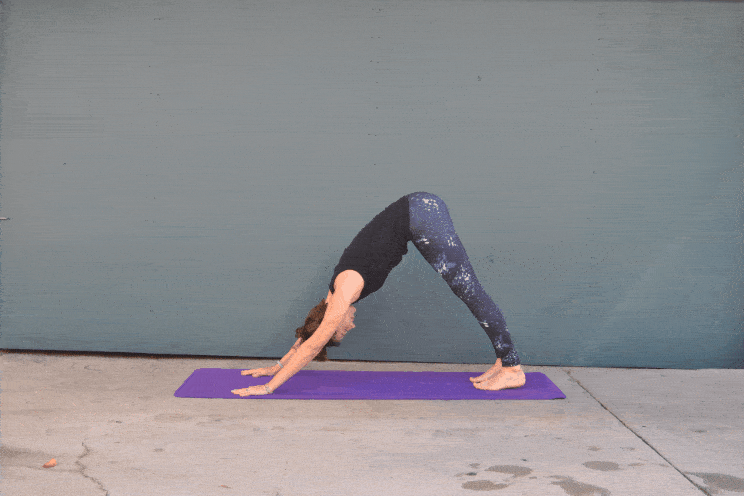
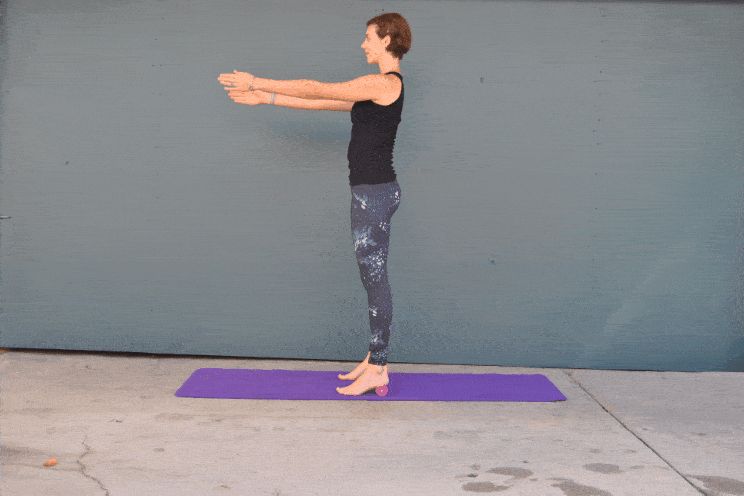
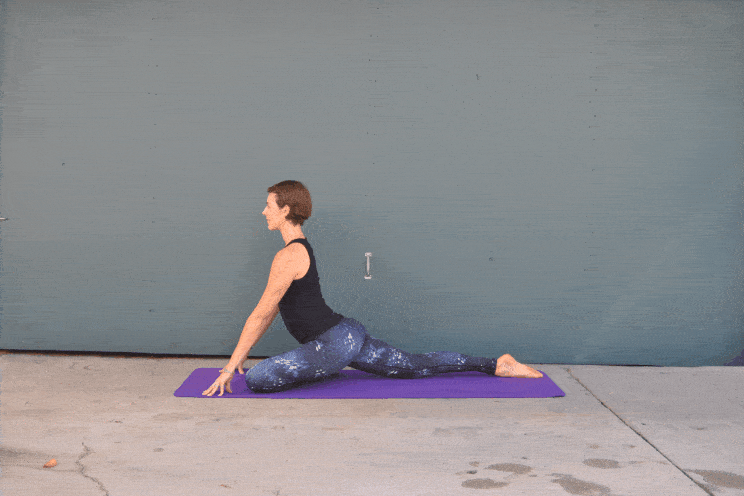
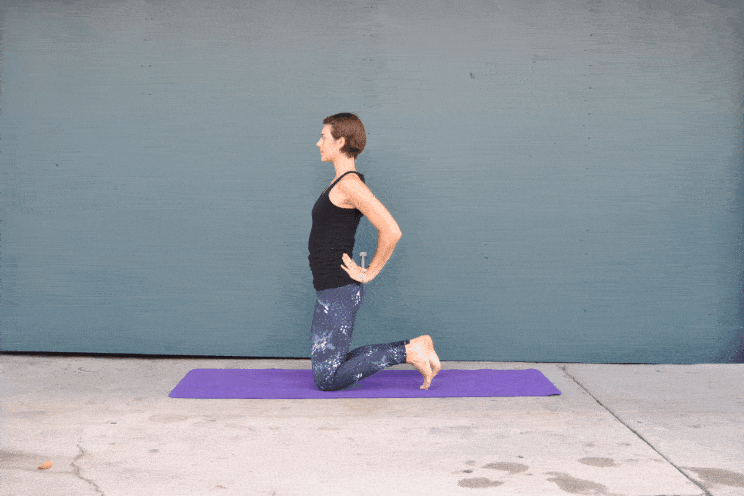
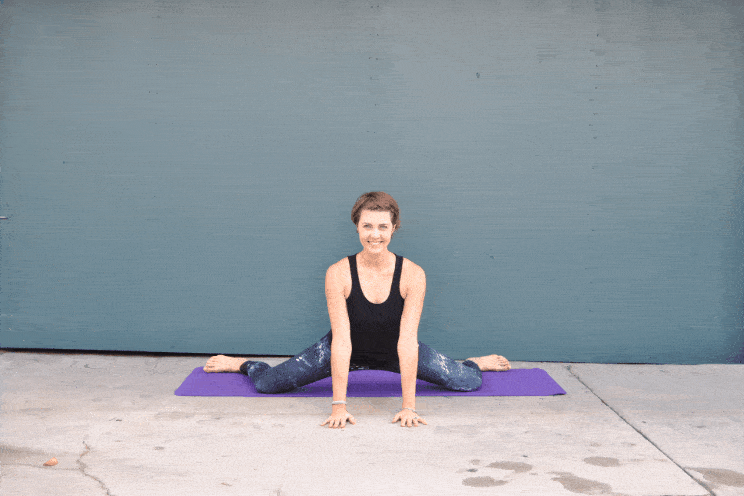
 Cryotherapy: What It Is & Benefits
Cryotherapy: What It Is & Benefits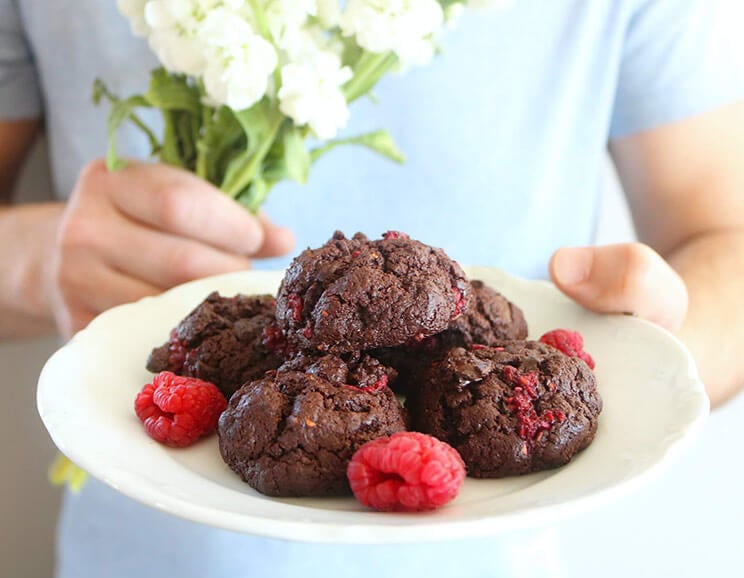

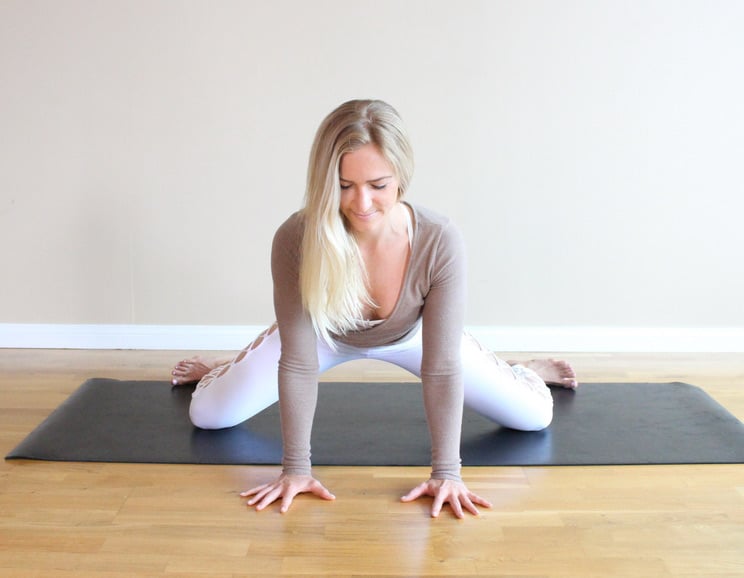
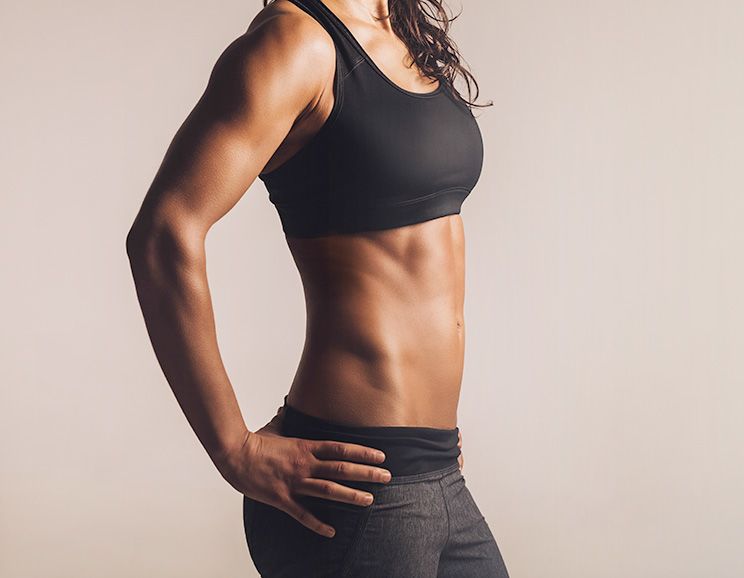
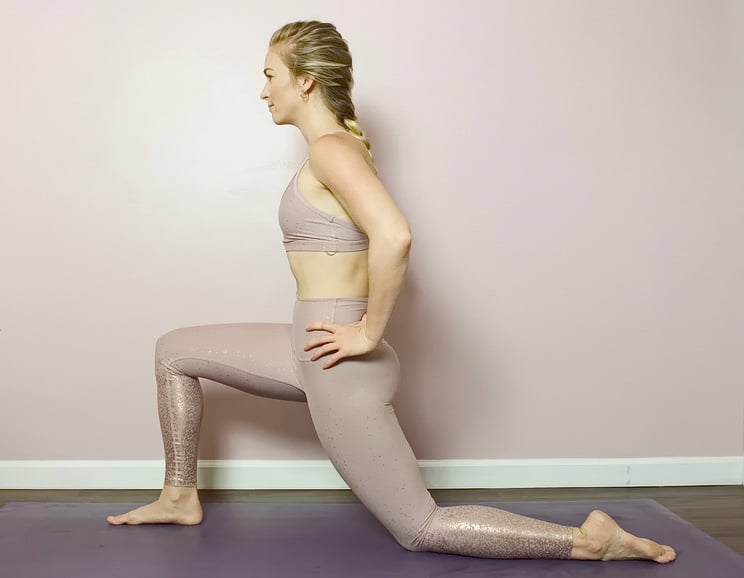
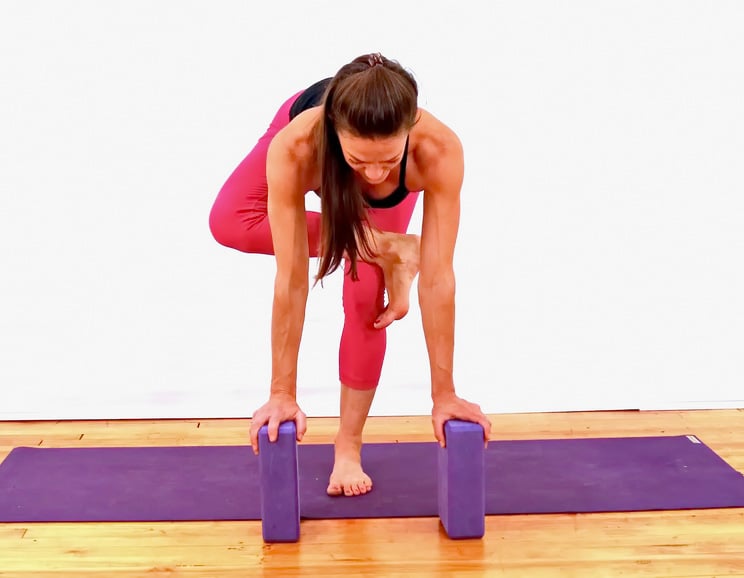
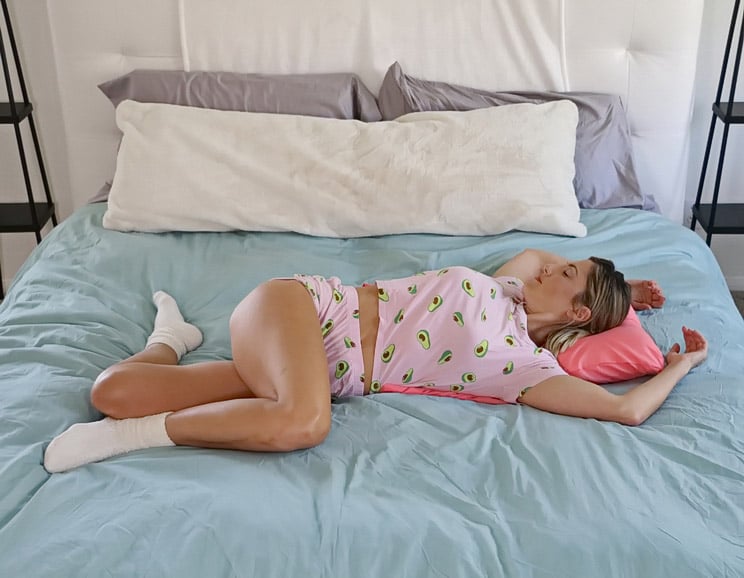
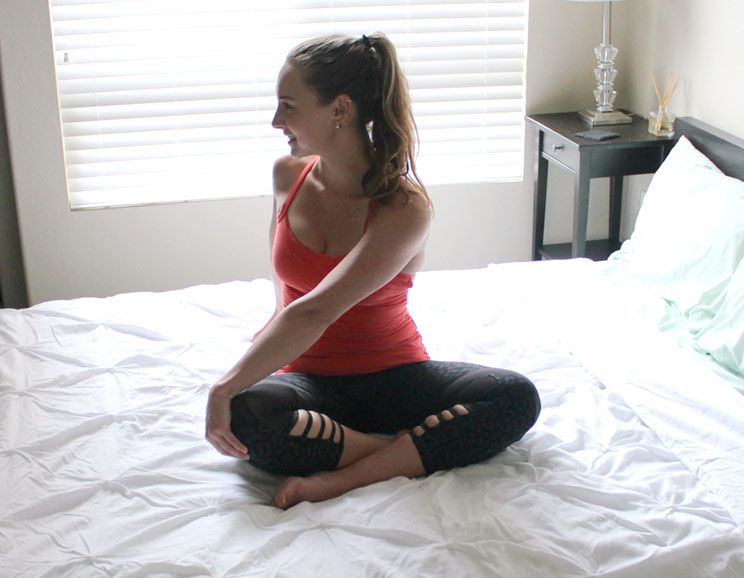

Show Comments